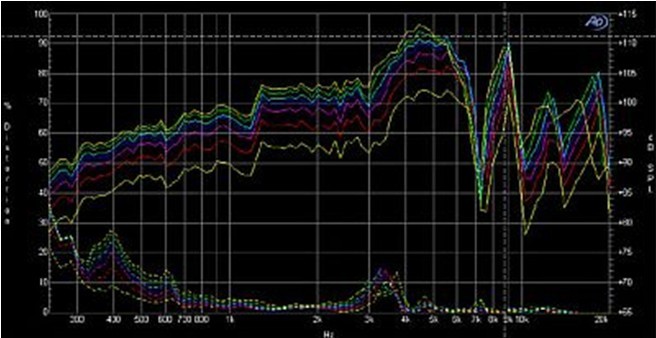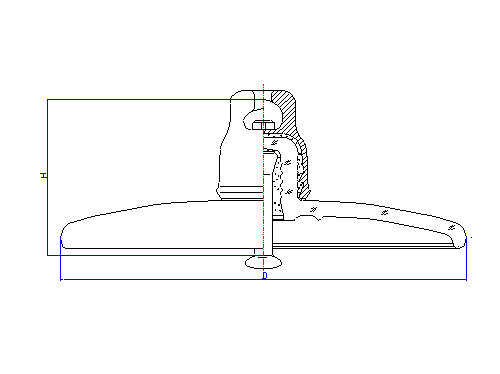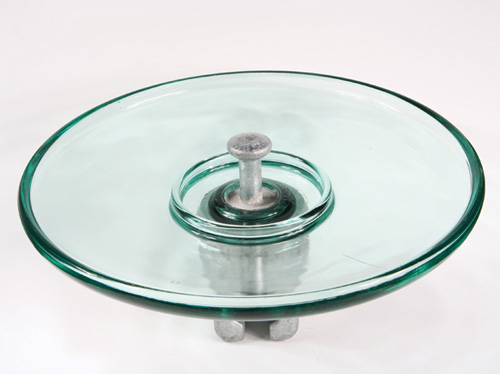Modern smartphones are smart and powerful. Although mobile phones vary in size randomly, in general, an industry-leading device can pack many features into a package of about 110x60x15mm.
If the display and the circuit board are taken into account, there is not much room for the speaker. Now, let us imagine the size of the space occupied by a subwoofer speaker in a home theater. Perhaps most people will think that this is completely different and does not even have any comparability. To a certain extent, it is indeed so understandable. However, in fact, even if they are indeed two very different applications, they are running similar content. The high-speed technology of mobile communication (3G, 3.5G, 4G) and its supporting network realize the download and playback functions of mobile phone audio and video. While mobile phone users want higher bandwidth, they also want to enjoy better audio and video quality.
The problem is that improving audio quality is not easy. Handheld device manufacturers face many limitations. Two of the main factors are the size of the mobile phone and the degree of compression of audio files. Below we discuss some of these two aspects.
Dimensions
The speaker converts electrical energy into sound waves by moving the diaphragm back and forth. The diaphragm pushes the air and generates sound waves, which are converted into sound through our ears. Considering the size constraints mentioned above, the mobile phone can be moved with little space, so only small speakers with a small diaphragm can be used, and only a small range of movement is allowed.
In static integrated circuits, the speakers appear to be troublesome because they need to be moved. And small speakers can't produce good audio effects, and bass frequencies are the most affected. Obtaining high-quality audio effects from small portable consumer electronics products is indeed a challenge, and to meet this challenge, you can only rely on a cross-functional team of designers from the industrial, mechatronics, and electronics fields. Electronic engineers proposed this initiative: the use of audio processing algorithms.
Compressed audio
Audio is usually compressed into smaller files for users to download. File compression is achieved through encoding algorithms (such as MP3). The reduction of the file may cause the lack of information, and ultimately affect the audio effect. In this case, audio processing algorithms can also come in handy.
Audio processing algorithm
At present, there are various algorithms for audio signal processing and improving listening experience.
The basic processing algorithm is to filter the amplitude variation of different frequency bands through the equalizer, so as to overcome the defects of the speaker. By observing the frequency response of the loudspeaker, we can determine which ones can be reproduced and which cannot, and then design the equalization curve accordingly. The goal is to obtain audio with constant amplitude, regardless of the speaker frequency.
The use of basic equalization is now very common, and most audio converters on the market use equalization technology. Unfortunately, sometimes this is not enough to improve audio quality. In fact, speakers have a frequency response that changes with the strength of the audio signal (see Figure 1).

Figure 1: Frequency response of speaker + speaker and distortion of signal level.
Open Air Profile Disc Insulator is an assembly of one or more shells with metallic fittings, Glass Electrical Insulators have means for non-rigid supporting. In operation, Profile Disc Glass Insulator is always connected to insulator string, Suspension Insulator set complete with the fittings is used to carry a line conductor or conductors at its lower end. U70BP-U120BP Profile Disc Toughened Glass Insulator comply with IEC, ANSI standard.
| MAIN DIMENSIONS AND STANDARD PARTICULARS | ||||||||
| Currency Designation | U70BP/146M | U100BP/127M | U120BP/127M | U120BP/146M | U160BP/146M | U160BP/155M | U160BP/170M | U160BP/170M |
| Designation | LXAP1-160 | LXAP-160 | LXAP-210 | LXAP-240 | ||||
| Diameter D,mm | 380 | 380 | 380 | 380 | 420 | 420 | 420 | 420 |
| Spacing H,mm | 146 | 146 | 127 | 146 | 146 | 155 | 170 | 170 |
| Creepage L,mm | 365 | 365 | 365 | 365 | 380 | 380 | 380 | 380 |
| Socket Soupling,mm | 16 | 16 | 16 | 16 | 20 | 20 | 20 | 20 |
| Mechanical Falling Load,KN | 70 | 100 | 120 | 120 | 160 | 160 | 210 | 210 |
| Mechanical Routine Test,KN | 35 | 50 | 60 | 60 | 80 | 80 | 105 | 105 |
| Wet Power Frequency withstand voltage,KV | 45 | 45 | 45 | 45 | 50 | 50 | 50 | 50 |
| Dry Lighting Impulse withstand voltage,KV | 90 | 90 | 90 | 90 | 95 | 95 | 95 | 95 |
| Impulse Puncture Voltage,PU | 2.8 | 2.8 | 2.8 | 2.8 | 2.8 | 2.8 | 2.8 | 2.8 |
| Power Frequency Puncture Voltage,KV | 130 | 130 | 130 | 130 | 130 | 130 | 130 | 130 |
| Radio Influence Voltage,μv | 50 | 50 | 50 | 50 | 50 | 50 | 50 | 50 |
| Corona Visual Test,KV | 18/22 | 18/22 | 18/22 | 18/22 | 18/22 | 18/22 | 18/22 | 18/22 |
| Power Frequency Electric arc voltage,KV | 0.12s/20ka | 0.12s/20ka | 0.12s/20ka | 0.12s/20ka | 0.12s/20ka | 0.12s/20ka | 0.12s/20ka | 0.12s/20ka |
| Net Weight per unit,KG | 5.3 | 5.2 | 5.3 | 5.4 | 7.2 | 7.2 | 7.3 | 7.3 |




We warmly welcome friends both domestic and abroad to visit our company, for more details about Glass Insulator , if you have any questions, please contact with us directly.
Open Air Profile Disc Insulator
Glass Electrical Insulators,Profile Disc Glass Insulator,Profile Disc Toughened Glass Insulator,Open Air Profile Disc Insulator
FUZHOU SINGREE IMP.& EXP.CO.,LTD. , https://www.cninsulators.com